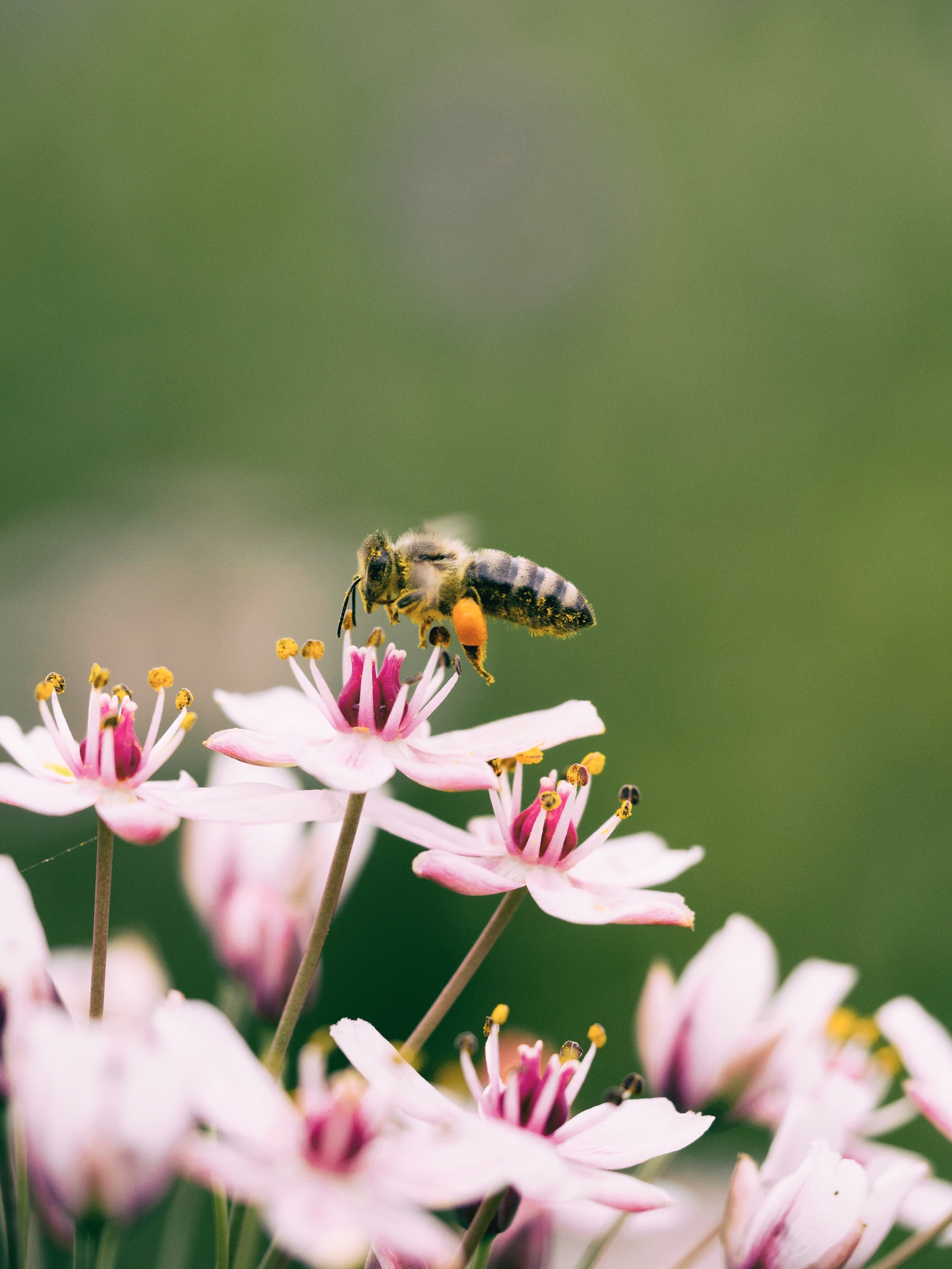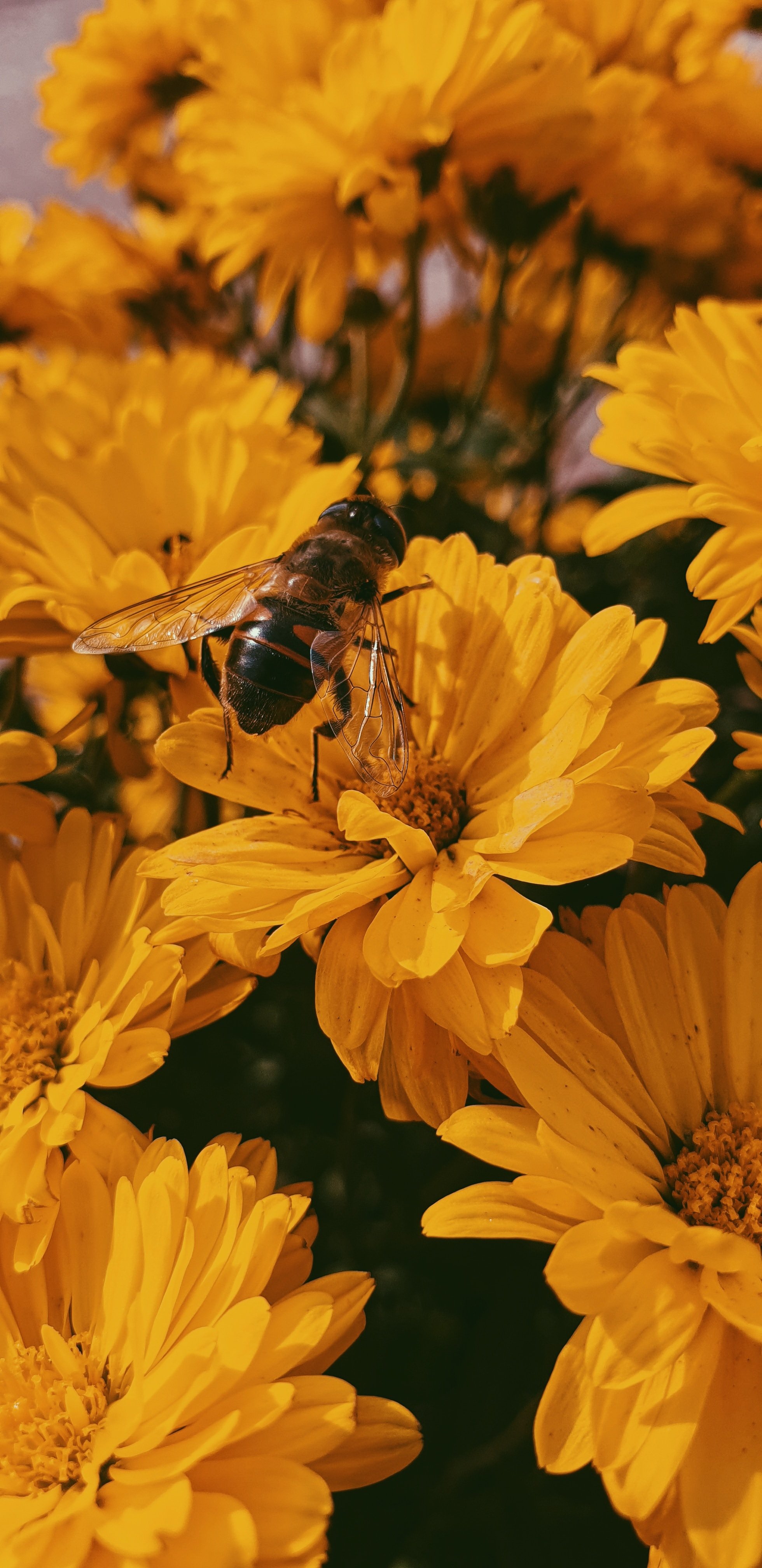Problem Card 12: Bee Pollination
You may have seen bees buzzing around in your garden looking very busy! They were! Whilst visiting flowers, gathering and spreading pollen grains as they go, they are the key to a process we call pollination. Pollination is the transfer of pollen from an anther to the stigma of a plant. This assists plants to reproduce.
This Problem Card introduces the industry issue so that students can devise their own STEM-related solutions.
Explore the Problem Card below, and find teaching resources, including Curriculum Activities, customisable Unit Plans and Marking Rubrics at the bottom of the page.
Innovate
Read about some real-world issues that will provide invaluable industry context.
When you’re done reading, move on to the CREATE section for an introduction to Problems that students can solve.
You can also download a printable, PDF version of the problem card.
PROBLEM:
Varroa mite (Varroa Destructor)
A small round brownish-red blood-sucking mite with a big impact. The mite has only recently been detected in Australia in New South Wales (NSW) and affects bees.
The Varroa mite causes bees and their larvae to have:
body and wing deformities
reduced overall health
increased chances of catching viruses
The presence of the mite makes it hard for the bees to perform their role as pollinators for important food crops, like almonds, avocados, fruit and grains.
Industry challenges
Agriculture Victoria research scientists work to help the horticultural industries thrive! Their role is to help solve problems that may arise through the presence of pest plants and animals.
In Victoria, science researchers and field officers work closely with growers to help reduce threats to the industry.
Bee Pollination and the Almond Indsutry
Almonds are a huge crop in Australia. 61% of almonds are grown in Mildura’s Sunraysia district in Victoria. Almond pollination in Victoria requires 200,000 bee hives. Victoria has 120,000 bee hives and relies on the additional bee hives to come in from NSW. When the Varroa mite outbreak was detected in NSW in June 2022.
The hives were ‘locked out’ of Victoria to protect the bees. When this happened the almond growers were seriously worried about the timing of the pollination of the almond crops. Concerned about how they would pollinate crops without the extra help of the NSW bees.
Bee Lockdown
Australia is one of the only countries in the world that does not have a permanent population of Verroa mites. To control the most recent outbreak, the government has called a ‘lock down’ of bees, keeping NSW beekeepers out of Victoria! This move helps to protect the bees and limit the spread of the Verroa mite. But it comes with a cost for industries like the almond industry. They require bees to pollinate their trees as they blossom at the beginning of spring. No bees means fewer almonds for the whole growing season in Australia.
Create
This section will introduce an industry problem related to the Agricultural Industry that students can choose to address with STEM-related solutions.
Protecting Australian bees.
How can we help bees remain healthy and abundant in Australia?
Think about:
Why are bees so important to our agricultural industries?
What could happen if bees do not pollenate crops?
Discuss food availability and the types of food that would be used instead.
Imagine that there is a technology that can help. Explore what this could be and how it would help with the pollination process.
What are the problems facing bees and crop growers? Brainstorm some possible solutions to these problems.
Explore the possibility of creating more bee habitats to help the overwintering of bees. What would this involve?
Additional Resources
-

Problem Card
Download a printable, PDF version of this Problem Card.
-

Build a Flower Curriculum Activity
Build a flower with this Curriculum Activities
-

Bee-Waggle Dance Curriculum Activity
Explore the Bee-Waggle Dance Curriculum Activity
-

Rubric
Download an editable marking rubricDescription goes here
-

Unit Plan
Download an editable suggested Unit Plan

